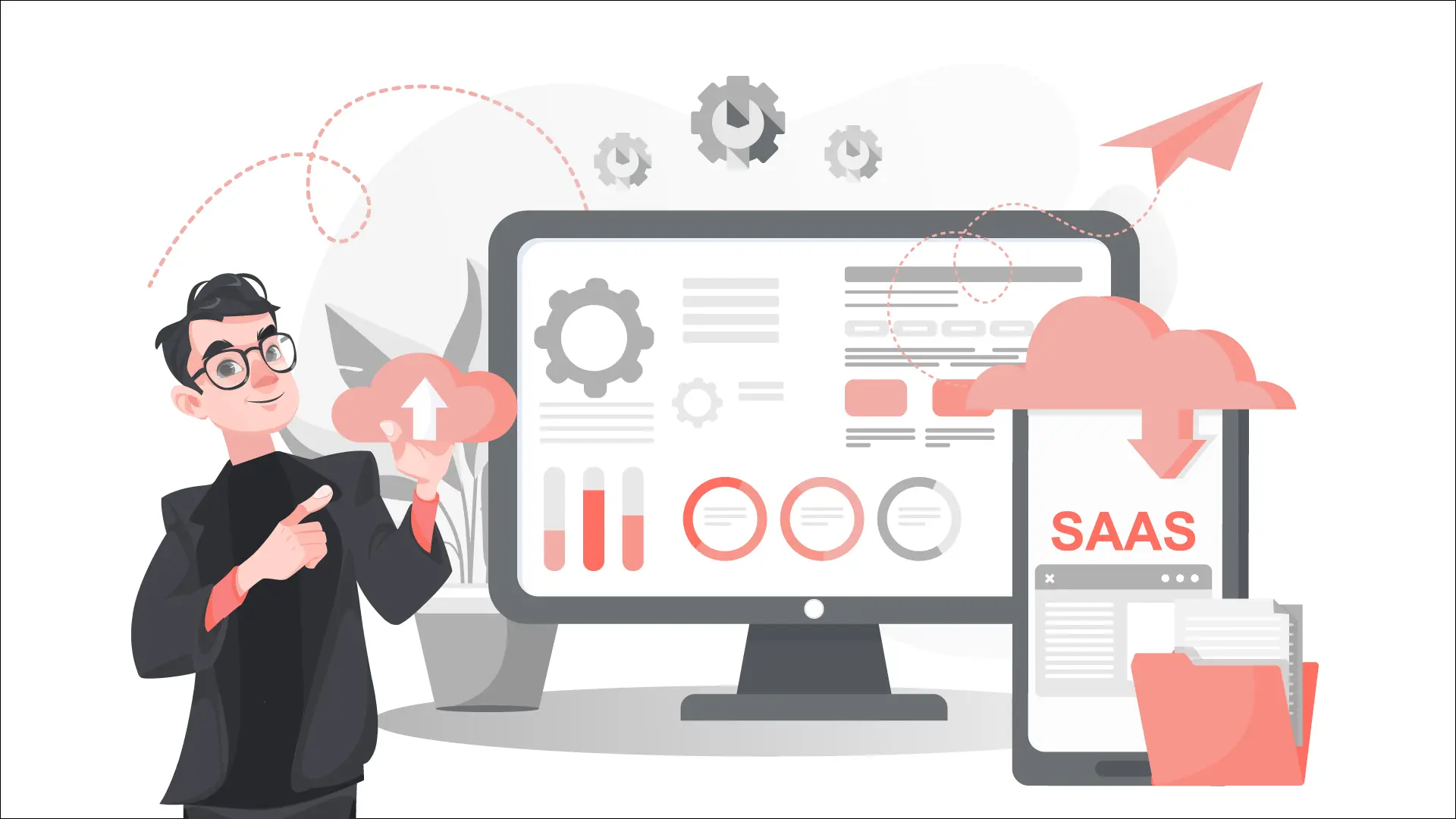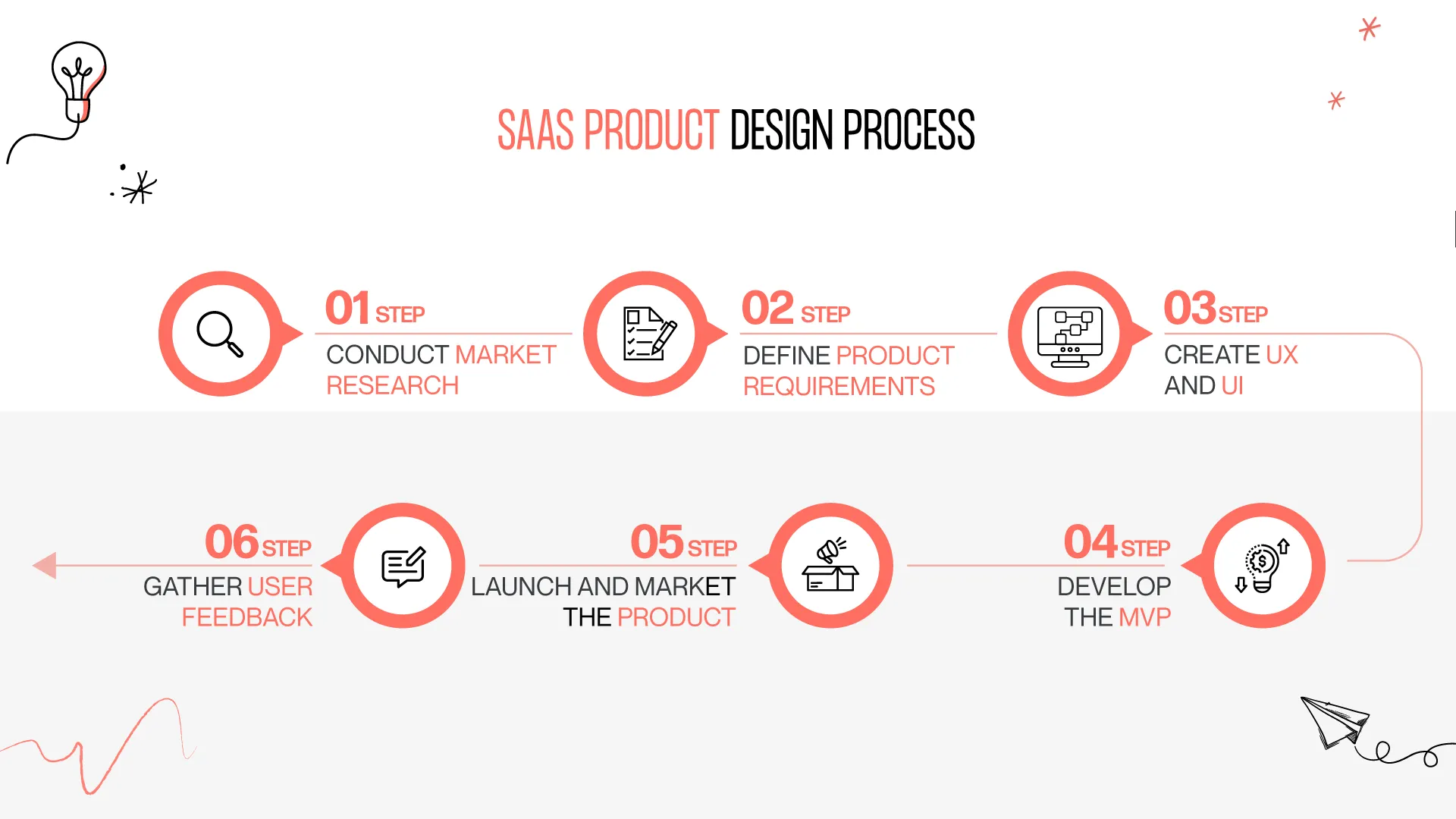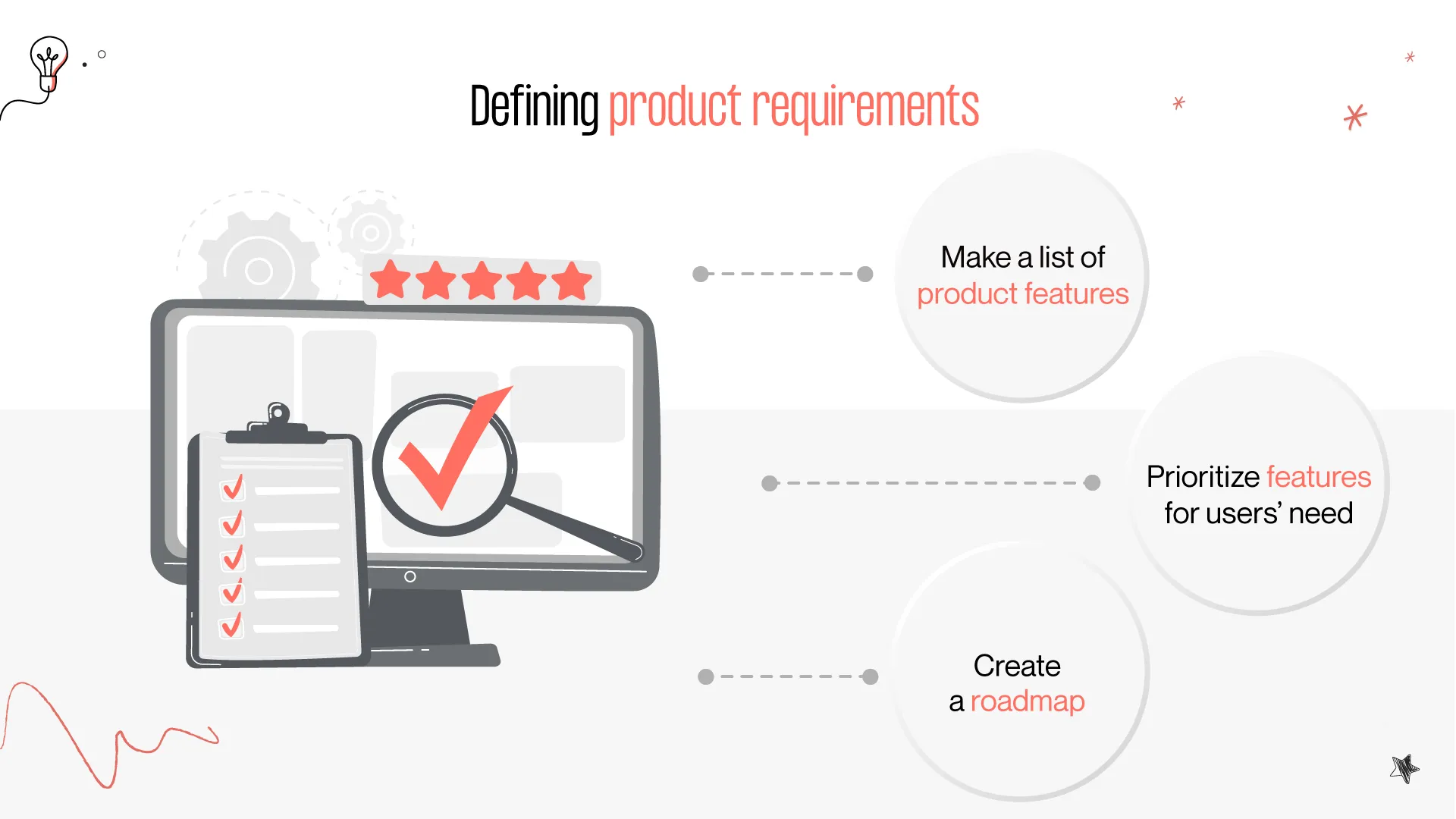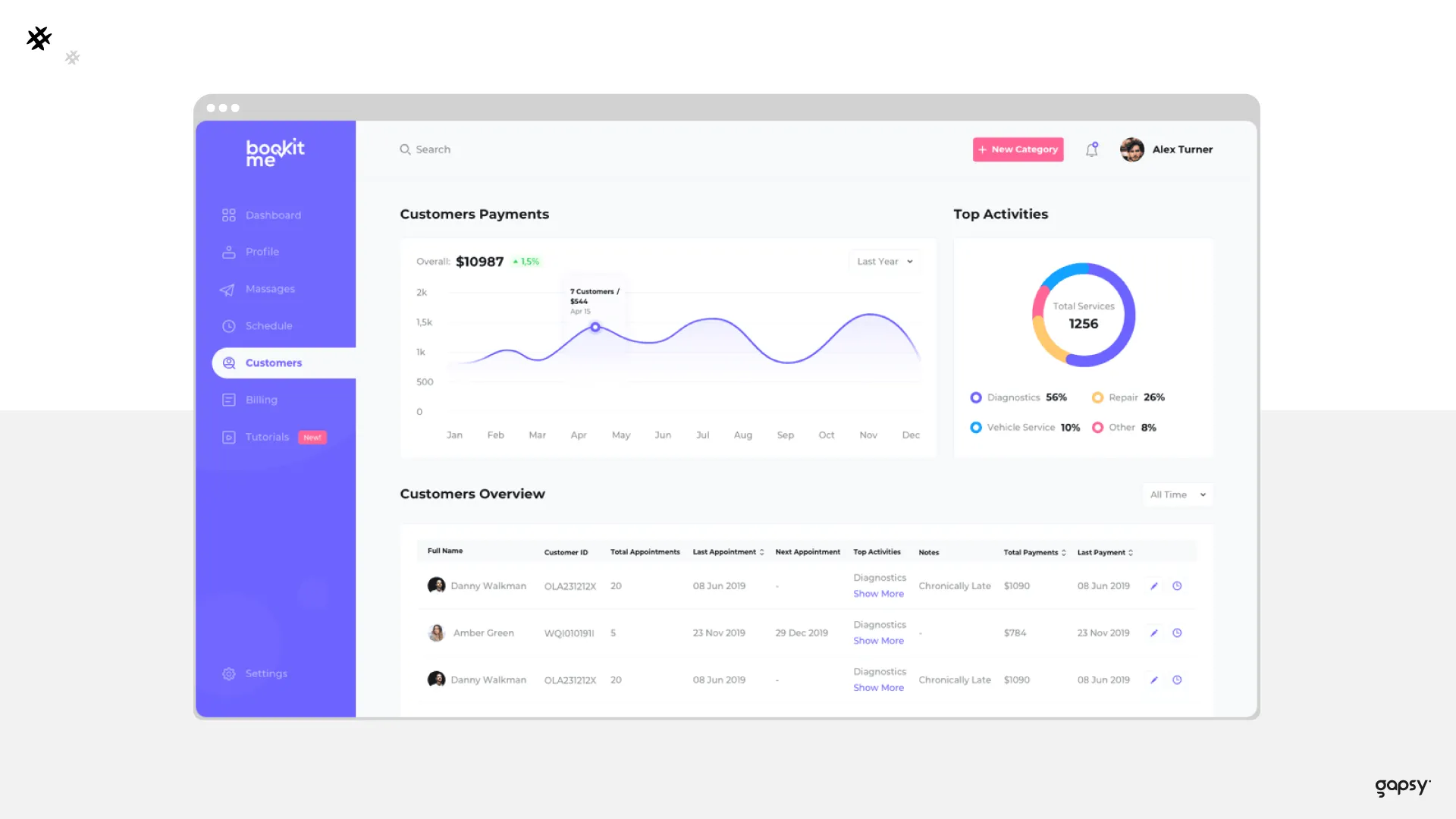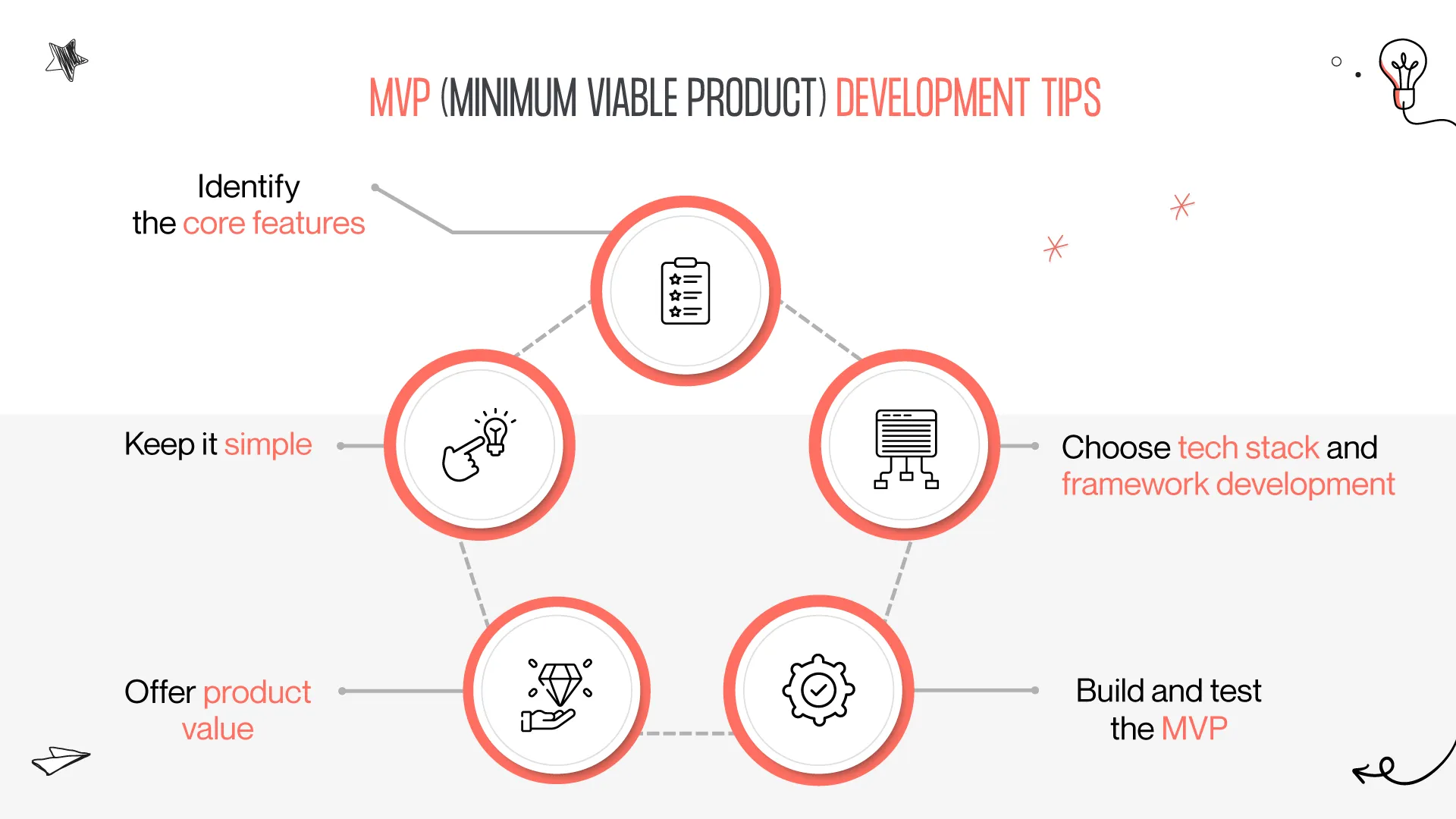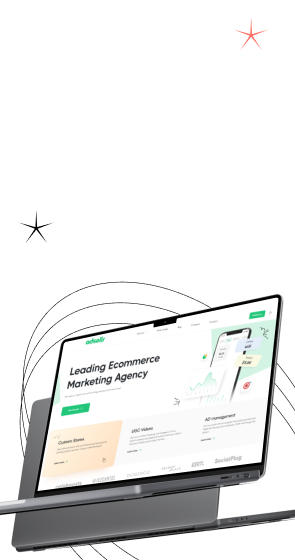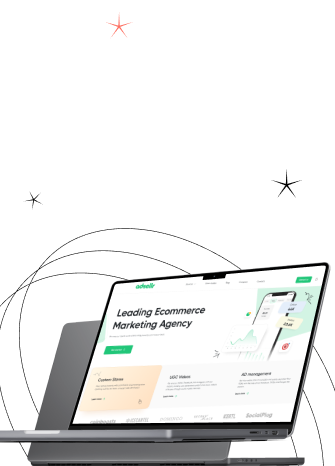A high-quality SaaS product design can ensure a seamless user experience. With the growing demand for cloud-based software solutions, businesses are increasingly looking to develop and launch their SaaS products. SaaS is considered the most important technology in business success and 99% of organizations use at least one SaaS solution. However, designing a successful SaaS platform can be a complex process that requires a deep understanding of the target audience, competitive landscape, and industry trends. Today we’ll discuss the critical steps of designing SaaS software. Businesses can create a SaaS platform that generates revenue and drives growth by following them. Keep reading!

